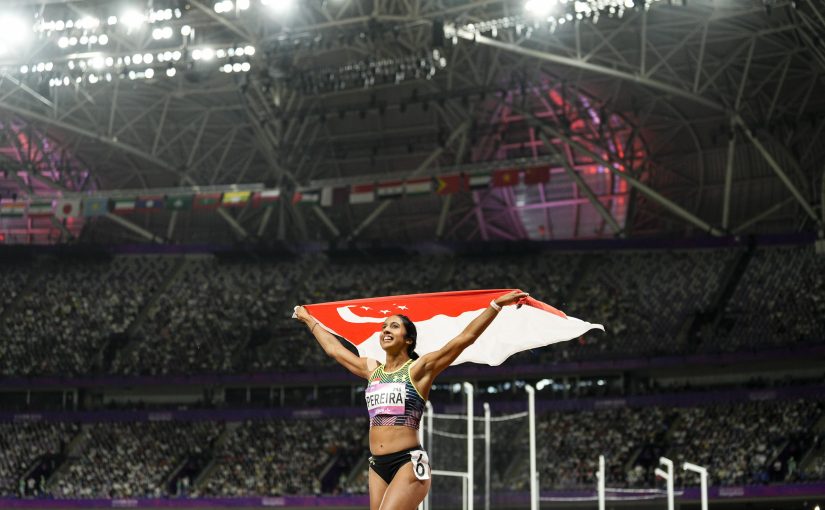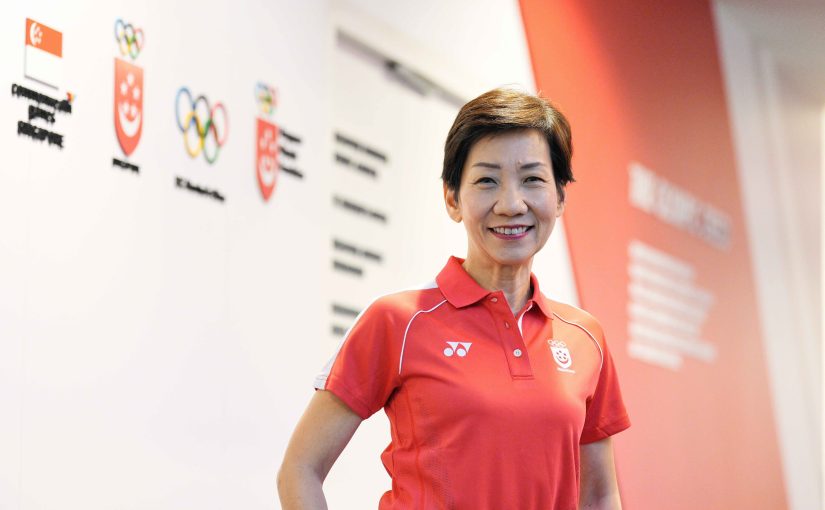Embrace science to up, and extend, your game in sports

Tan Chuan-Jin hopes for more athletes to pursue a career in sports. Here, he visits the Singapore Sports Institute facility in his first term as SNOC President. Photo: SSI
On his one-year anniversary as the President of Singapore National Olympic Council, Mr Tan Chuan-Jin reflects on what he has learned and shares his desire for a more vibrant sports ecosystem in Singapore in a two-part interview.
Read Part I here – Behind-the-scenes work most impressive, says SNOC chief
A MORE sophisticated training regime can not only improve local athletes, but also lengthen their involvement in sports, said Singapore’s Olympic council chief.
Besides hard work, the best of Singapore should also tap technology, watch their diet and sharpen their focus so as to excel, said Mr Tan Chuan-Jin.
Every tiny, seemingly inconsequential, bit counts at the apex of global competitions.
“At the top end, it’s all these little margins that count a lot,” said the Singapore National Olympic Council president.
Sheer graft alone may no longer be enough, he observed in an interview to mark his first year as council leader.
“Everyone can train hard,” he said. “In fact, some of the athletes from less developed nations can train harder because they are doing it full time.
“For some of them this is their passport to a better life.“
In comparison, Singapore’s athletes often have different options besides sports, he said.
To edge ahead of their competitors from other countries, it is the cutting edge innovations which would make a difference.
This includes using science and technology, paying attention to nutrition and also giving emphasis to psychology.
“You may need a permanent psychologist so that you can build a relationship,” he said.
He cited the Singapore national judokas as an example. When they went to Mongolia for training, they expected a more traditional set up. Instead, the Mongolians had a French consultant map out their training system.
“If you want to compete internationally, you really have to up it to a different level,” said Mr Tan.
But the investment in what he calls a “larger ecosystem” in sports here comes with further benefits.
It can also allow athletes to remain involved, pursuing a career in sports after retiring as a competitor.
“While I may be a competitive bowler now, I could come back and work in a different role in the bowling federation, and I can begin to see viable career options,” he said.
“This can help me decide to go full-time into sports because eventually I know I can carry on and become a sports nutritionist, a biomechanics expert or other areas of specialty that may be needed.
“And if you have a large enough space, such as providing services to schools, then you can have viable professions which may encourage our athletes to go into sports in a bigger and for the long haul.”
If such career pathways are available, he is confident it would help athletes focus, train and excel.
Instead of worrying about studies or exploring other career options, they are confident that there will be a place for them in an enlarged sports environment. This assurance can help athletes focus and excel even further.






